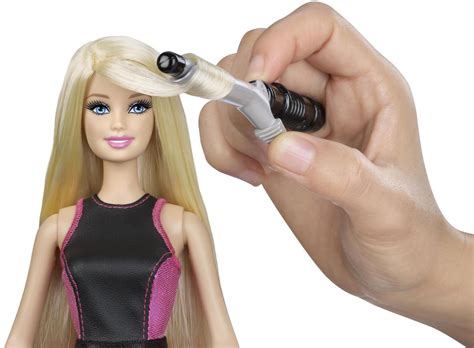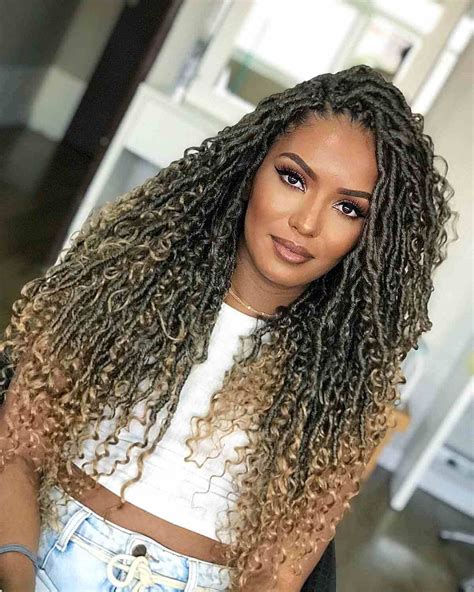Introduction
Crochet braids, a popular protective hairstyle, provide versatility, low maintenance, and the ability to experiment with various colors and textures. For black people, crochet braids offer an array of options tailored to their unique hair needs, enhancing their beauty and empowering their self-expression.

Benefits of Crochet Braids
-
Protective: Crochet braids safeguard natural hair from damage caused by heat styling, chemicals, and mechanical stress.
-
Versatile: They allow for endless styling possibilities, from intricate updos to flowing braids, accommodating different occasions and personal preferences.
-
Low Maintenance: Compared to other protective hairstyles, crochet braids require minimal upkeep, with regular washing and conditioning being sufficient for maintaining their appearance.
-
Long-Lasting: Crochet braids can last for several weeks with proper care, providing a cost-effective and time-saving hair solution.
Choosing the Perfect Crochet Braids
When selecting crochet braids, consider these factors:
-
Hair Type: Choose braids that complement your natural hair texture to ensure compatibility and a seamless blend.
-
Length and Thickness: Opt for braids that suit your desired style and lifestyle. Consider the weight and thickness of the braids to avoid excessive strain on your scalp.
-
Color and Texture: Explore a wide range of colors and textures to find braids that match your preferences and personality.
Types of Crochet Braids
1. Box Braids
- Description: Square-shaped braids created by sectioning hair into small boxes and attaching extensions with a crochet needle.
2. Senegalese Twists
- Description: Roped braids made by twisting two strands of extension hair around each other and securing them with a crochet hook.
3. Havana Twists
- Description: Similar to Senegalese twists but with a larger and more voluminous appearance, created by twisting two or more strands of hair together.
4. Marley Twists
- Description: Loose, textured braids made from 100% kanekalon hair, known for their bohemian and natural aesthetic.
5. Faux Locs
- Description: Braids that resemble natural locs but are crocheted into the hair using synthetic extensions, offering a low-maintenance and versatile style.
Installation and Care
Installation:
- Consult a licensed hairstylist or braiding specialist for professional installation.
- Thoroughly wash and dry your natural hair before braiding.
- Divide your hair into small sections and apply braid gel or leave-in conditioner for moisture.
- Insert the crochet needle through a section of hair and attach the extension using a knot or loop.
Care:
- Wash your crochet braids every 1-2 weeks with a sulfate-free shampoo.
- Apply a deep conditioner to nourish the braids and natural hair.
- Avoid excessive heat styling to prevent damage.
- Sleep with a satin pillowcase to minimize friction and tangles.
Tables:
Table 1: Types of Crochet Braids
| Braid Type | Description |
|---|---|
| Box Braids | Square-shaped braids created using a crochet needle |
| Senegalese Twists | Roped braids made by twisting two strands of hair together |
| Havana Twists | Larger, more voluminous twists than Senegalese twists |
| Marley Twists | Loose, textured braids made from kanekalon hair |
| Faux Locs | Braids resembling natural locs, crocheted using synthetic extensions |
Table 2: Benefits of Crochet Braids
| Benefit | Description |
|---|---|
| Protective | Safeguards natural hair from damage |
| Versatile | Allows for endless styling possibilities |
| Low Maintenance | Requires minimal upkeep |
| Long-Lasting | Can last for several weeks with proper care |
Table 3: Choosing the Perfect Crochet Braids
| Factor | Considerations |
|---|---|
| Hair Type | Choose braids compatible with your natural texture |
| Length and Thickness | Consider desired style and weight |
| Color and Texture | Explore options to match preferences |
Table 4: Installation and Care for Crochet Braids
| Phase | Description |
|---|---|
| Installation | Consult a hairstylist for professional installation, prepare hair with wash and conditioner, use a crochet needle to attach extensions |
| Care | Wash braids regularly with sulfate-free shampoo, apply deep conditioner, avoid excessive heat, sleep on satin pillowcase |
Common Pain Points & Motivations
Pain Points:
- Limited Styling Options: Traditional crochet braids may not provide as many styling options as other protective hairstyles.
- Scalp Tension: Heavy or tightly installed braids can cause scalp discomfort.
- Installation Time: The installation process can be time-consuming, especially for long or thick braids.
Motivations:
- Hair Health: Crochet braids protect natural hair from damage, allowing it to grow and thrive.
- Versatility: Crochet braids offer a wide range of styles, from natural-looking to bold and trendy.
- Low Maintenance: Compared to other protective hairstyles, crochet braids require minimal upkeep, freeing up time and resources.
Effective Strategies
- Use Lightweight Extensions: Opt for lightweight extensions to minimize scalp tension.
- Request Loose Installation: Ask the hairstylist to install the braids loosely to prevent discomfort.
- Incorporate Creative Styling: Explore braiding techniques, extensions, and accessories to enhance the versatility of crochet braids.
Common Mistakes to Avoid
- Overwashing: Excessive washing can strip away natural oils and damage the braids.
- Using Harsh Products: Avoid products containing sulfates or alcohol that can dry out the braids and cause frizz.
- Tight Installation: Tightly installed braids can lead to scalp irritation and hair loss.
Conclusion
Crochet braids empower black women to embrace their unique beauty while protecting their natural hair. By choosing the right type, installing them correctly, and providing proper care, individuals can enjoy the benefits of crochet braids for weeks to come. This versatile and low-maintenance protective hairstyle provides endless style opportunities, nourishes hair health, and boosts confidence.
